In the Middle Ages alchemists tried to make gold out of base metals. Today engineers from the Swiss Federal Institute of Technology in Zurich (ETH) are trying to make something valuable out of something damaging. The difference is that back then it didn’t work, and today it does. For instance with carbon dioxide (CO2) that, being a greenhouse gas, is a major cause of global warming. CO2 can be filtered from the air – and recycled for carbonated beverages. Or it can be completely taken out of circulation and safely disposed in suitable rock formations deep in the Earth’s interior.
An ETH start-up takes off
The Swiss cleantech firm Climeworks in Zurich-Oerlikon is performing pioneering work worldwide in this field. The company was founded in 2009 as a start-up of the ETH Zurich by mechanical engineers Christoph Gebald and Jan Wurzbacher and has quickly grown: the number of employees increased from 45 to 60 full-time positions between December 2017 and August 2018 alone. The company’s goals are not particularly modest. Using high-tech methods, Climeworks hopes to make a significant contribution to the reduction of climate-damaging carbon dioxide in the atmosphere. “The goal is very ambitious,” Louise Charles, media officer at Climeworks, told “Swiss Review”, “but motivation within the company is very high. We can do it.” Development is progressing rapidly and “the efficiency of the technology is swiftly increasing”. Climeworks outpaces two similar companies in Canada and the USA, Louise Charles said, particularly when it comes to commercial use.
Climeworks is working together with various investors and a number of consortium partners from research and industry, is supported by the Swiss Federal Office of Energy and is also involved in EU research programmes, such as Horizon 2020. There is growing trust among investors, as the “Neue Zürcher Zeitung” reported in August 2018: in a fourth round of financing the company procured an additional 30 million Swiss francs.
Simple in principle
The technical principle is simple. CO2 chemically binds to a filter. What remains is air without CO2. Using heat, the CO2 can again be separated from the filter and used for other purposes. Climeworks is the leader in so-called Direct Air Capture (DAC) technology. Using this technology CO2 is directly captured from the surrounding atmosphere and filtered. The world’s first commercial project of this type has been in operation since 2017 in Hinwil, Zurich. There, 18 ventilators suck the air through a sophisticated filter system, thus removing 900 tonnes of carbon dioxide per annum. The pilot plant is operated with the waste heat energy of local refuse incinerators, and the carbon dioxide extracted from the air is then sold as a gaseous fertiliser to a neighbouring vegetable grower.
The sucked-up CO2 can then be recycled for various purposes. It could serve as a base chemical for industrial products, such as plastics or even fuel, which could also reduce dependency on fossil fuel. But if CO2 is to be removed from the atmosphere once and for all, then it should not be brought back into circulation, but disposed of permanently. Here, too, the company Climeworks is performing pioneering work.
Limestone from carbon dioxide
At the climate conference in Bonn in November 2017, Climeworks presented a new type of process in which CO2 is extracted from the atmosphere and mineralised underground. In Iceland Climeworks together with the EU research project CarbFix is operating a special “air vacuum cleaner”. On this North Atlantic island, CO2 is filtered from the air, mixed with water and then pumped into underground basaltic rock caverns. Following a chemical reaction, the carbonic acid then precipitates as a carbonate, forming limestone, so to speak – a safe disposal virtually for eternity. Thanks to hot springs, there is also sufficient clean energy in Iceland to suck up the air from the atmosphere.
“As soon as the test phase of our pilot project in Iceland is finished, we hope to remove larger amounts of CO2 from the atmosphere and sell it to individuals, organisations and companies,” said Climeworks Director Christoph Gebald. If, for example, companies carried out five percent of their CO2 compensation measures using this method, “that would allow us to further industrialise this urgently needed CO2 removal technology”.
Massive dimensions
The dimensions, however, are massive, as a few figures show. Climeworks has made it its goal to filter one percent of global emissions from the air by 2025 – that corresponds annually to around 300 million tonnes of carbon dioxide. To achieve this, some 250,000 plants like the one in Hinwil would be necessary. Yet, in a climate report published in autumn 2018, the Intergovernmental Panel on Climate Change (IPCC) anticipates that 100 to 1,000 gigatonnes of CO2 would need to be extracted from the atmosphere – depending on how quickly greenhouse gas emissions drop. Swiss climatologist Thomas Stocker stated at the opening of the plant in Hinwil that all IPCC scenarios reckoned on the active removal of CO2 from the atmosphere in the second half of the 21st century. “1,000 gigatonnes, however, is unlikely to be achieved,” ETH Zurich climatologist Andreas Fischlin told various media. According to an estimate of the Swiss Academies of Arts and Sciences, the potential of direct CO2 filtering is around 500 million to a maximum 10 gigatonnes per annum.
Greenpeace has some reservations
The research and development work of the company Climeworks has been generally welcomed by the environmental organisation Greenpeace. Georg Klingler, climate expert at Greenpeace Switzerland, also stressed to “Swiss Review” that such technologies will unfortunately be needed to a certain extent in future. But Klingler warned against harbouring illusions and mentioned a danger: those who back such solutions too strongly give politicians excuses to further delay the necessary drastic reduction in greenhouse gases. Greenpeace is also calling for technical measures in climate policy, but understands this to mean – in addition to avoidance of greenhouse gases – extensive afforestation in particular. This would also allow a substantial amount of carbon dioxide to be removed from the atmosphere. In addition, it would be a win for biodiversity.
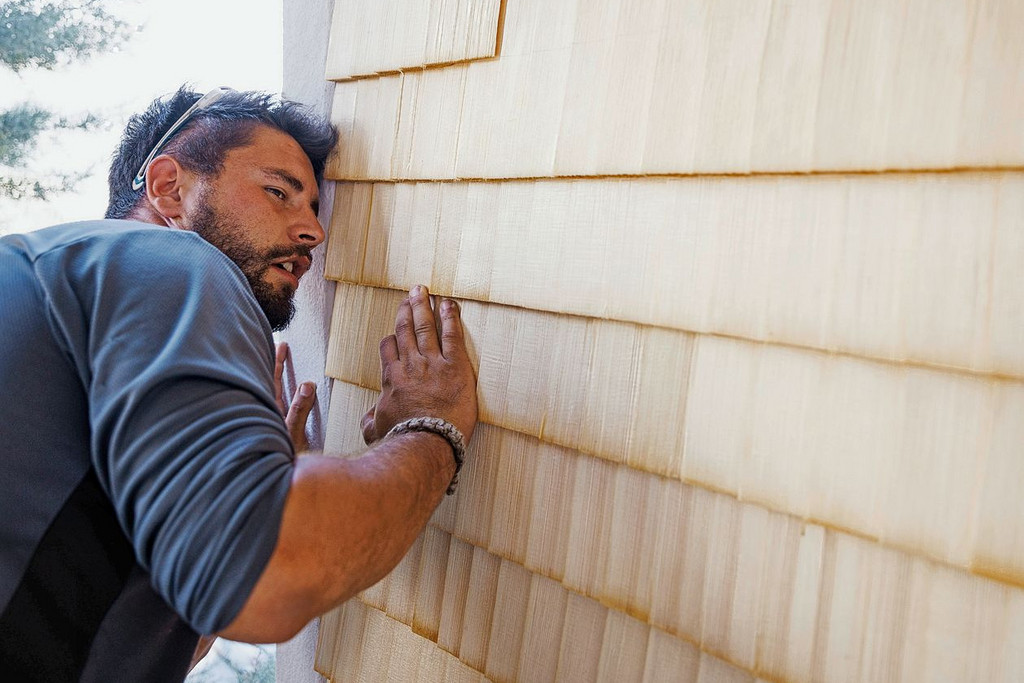

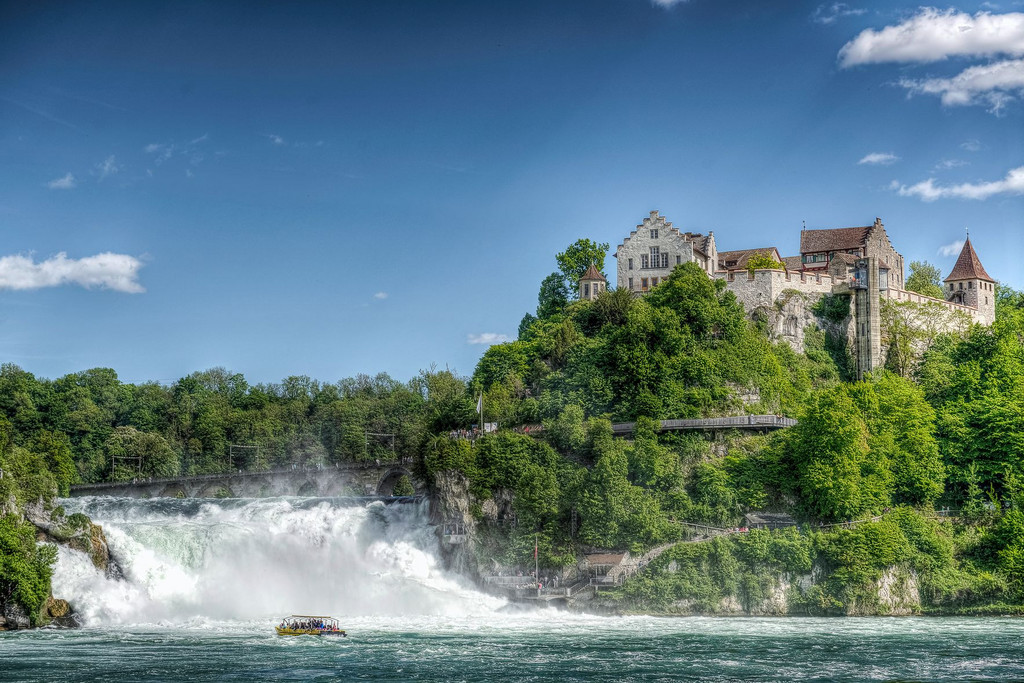
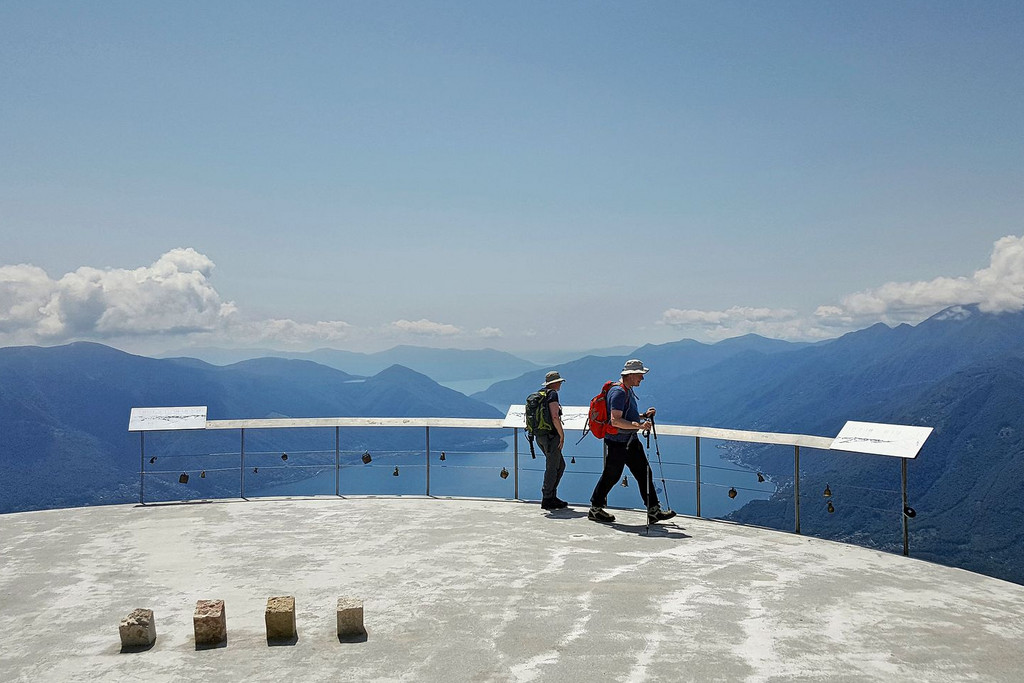

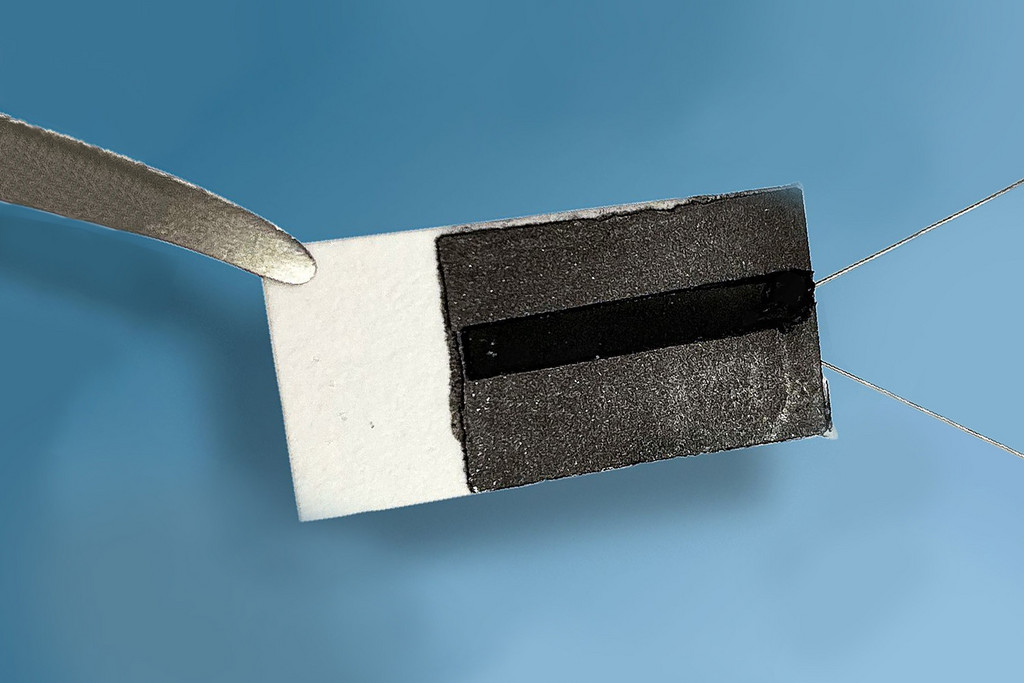
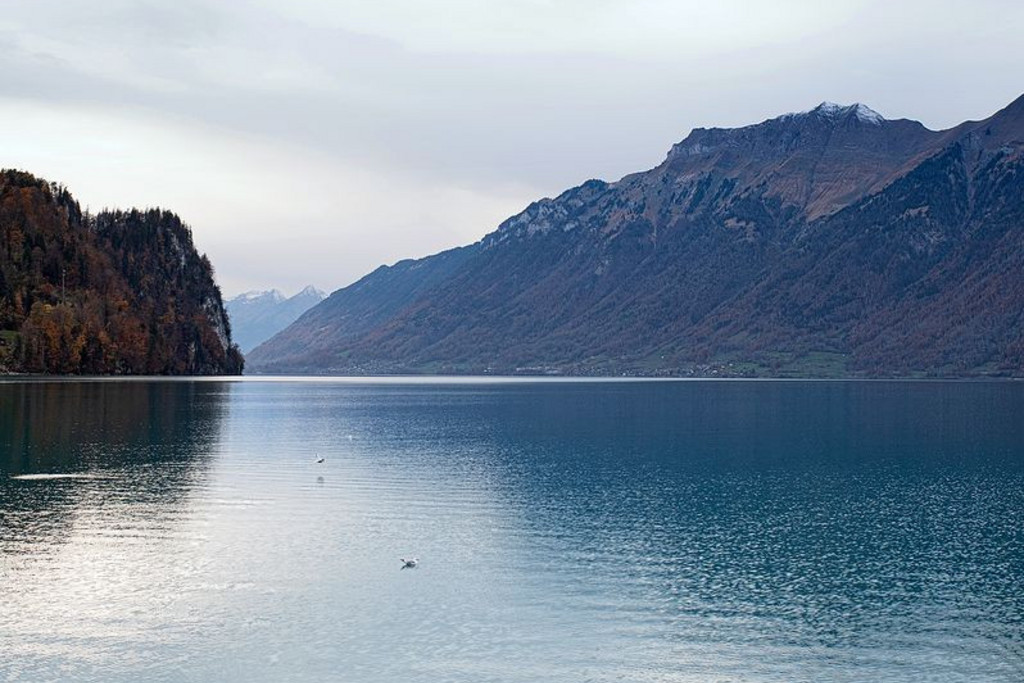




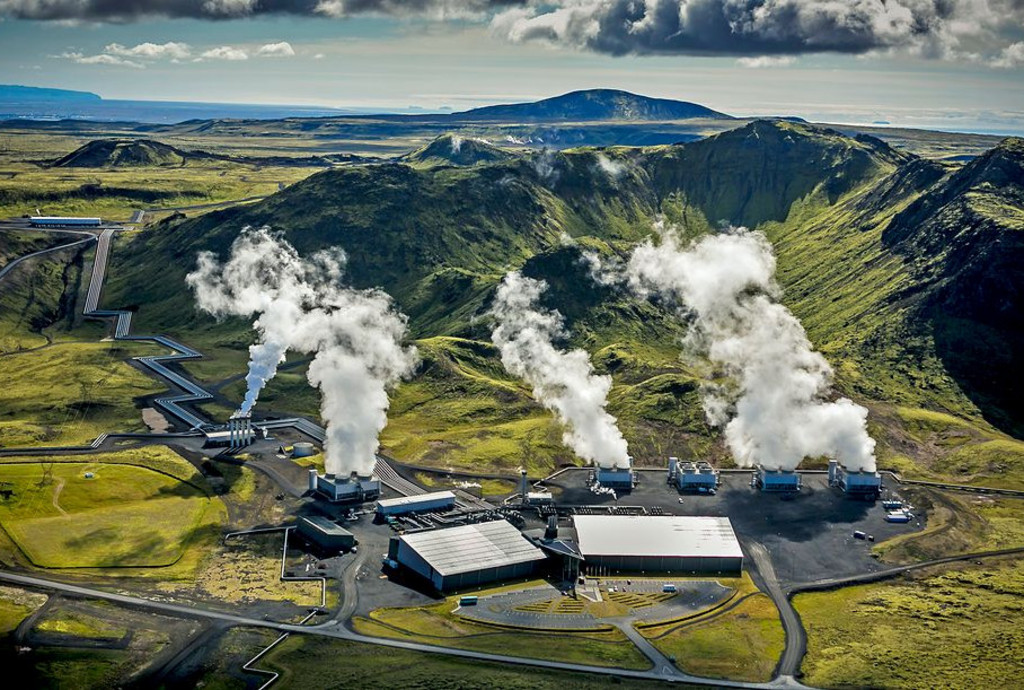
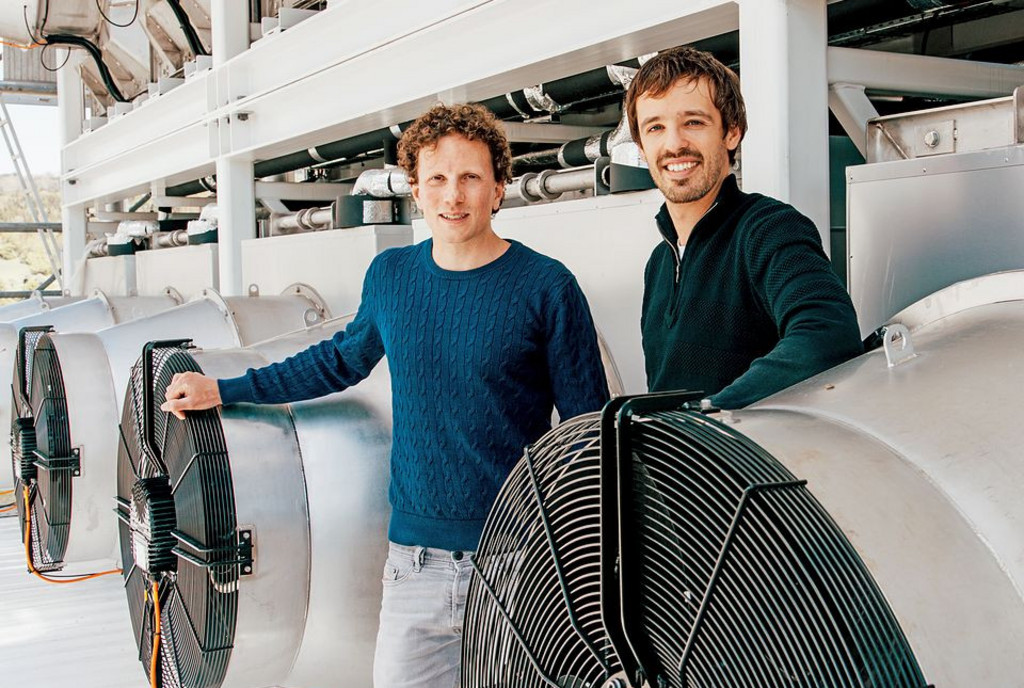
Comments
Comments :
Siegfried Marquardt, Königs Wusterhausen
Besten Dank, Sie haben mit Ihren Überlegungen mein Wissensportofolio erweitert. Bitte erlauben Sie mir, Ihre Überlegungen betreffend des Bäumepflanzens wie folgt zu ergänzen: Sämtliches, in der voralpinen Hügelzone gelegenes Land wieder in seinen ursprüngliche Zustand durch Aufforsten zurück zu versetzen hiesse auch:
- Die dadurch fehlenden landwirtschaftlichen Produkte kann sich
die reiche Schweiz problemlos im Ausland beschaffen. Die
Ideologie der Lebensmittel autarken Schweiz muss man sich als
Gedankengut des 20. Jahrhunderts ersatzlos abschminken.
- Die dadurch erwerbslosen Landwirte können in der Forstwirt-
schaft und/oder Industrieproduktion eingesetzt werden.
- Der Staat erspart sich dadurch einen zwei -dreistelligen
Millionenbetrag an teilweise hirnrissigen Subventionen. z.B
Zusammenscharen der Kuhfladen etc.
Ketzerisch, aber effektiv, - und auf dem Stand des 21 Jahrhunderts.
All industrial processes generate waste heat, so in industry the filter-regeneration phase comes for free.
The problem comes when the well-meaning industry tries to dispose of the resulting pure CO2 gas (which will have to be compressed - another energy-consuming process - for delivery). Makers of carbonated drinks are indeed possible customers, but in their place I would want to be the driver of the project, and this turns around the marketing process logic. The other applications appear to be years in the future.
A follow-on article to address this interesting and important subject?